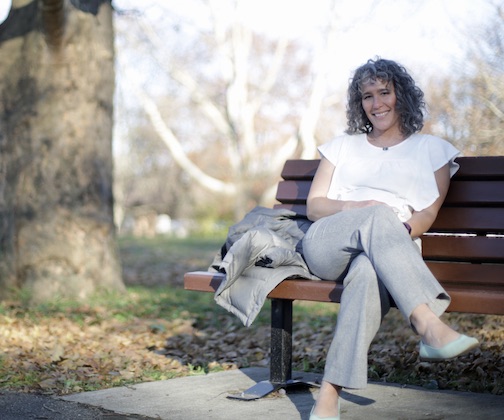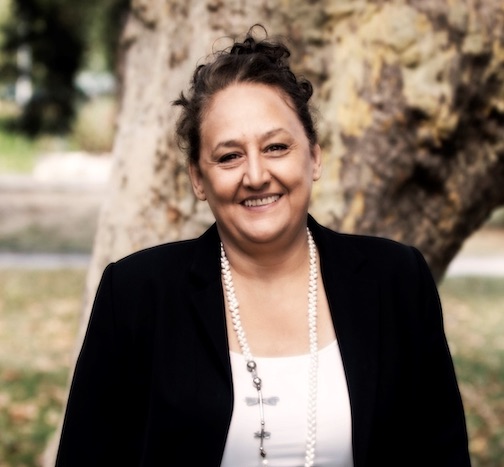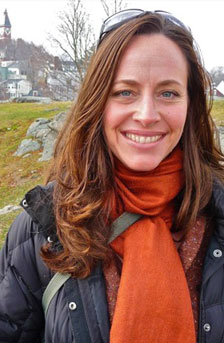If you are reading this article, you may know the familiar feeling of being caught in a whirlpool of terror, confusion and displacement as a result of an inflammatory or immunity disease. My wish is to share with you the tools I've learned to live as a woman who is not defined by my disease. I have my own identity, idiosyncrasies and purpose, in addition to living with multiple sclerosis (MS). No matter your level of disability, these tools are accessible to you. Anytime.
- Pause – stop what you are doing and take three deep breaths. Follow your breath into the top of your chest and feel the expansion into your heart and shoulders. Exhale by pulling your belly in and extend the exhale for as long as you comfortably can. Repeat this at least two more times. If it feels good, take even more breaths. You deserve a rest from the clamor. You do.
- Pivot. The pain is there. The fear is there. Of course you must merge with the pain because it is a part of you, but don't stop there and let it consume you. Keep a strong (not despairing) mind. Also, choose courage and curiosity, not just fear and loathing. There is space for all of this. After you have merged with the pain, put your hand (or your intention) on you heart - imagine that just behind your heart lie courage and fear - side by side. If you don't like what is happening, stop (breathe a bit), and choose courage – you'll be amazed at what unfurls.
- Perspective. When I was younger, my sister once told me that I was like a special crystal with many sides. If I just shifted the lens through which I perceived my experience, there could be a brighter side of reality available to me. I remembered this advice as I felt I was drowning in a whirlpool of powerlessness caused by MS. Using the two prior steps, I was able to extract myself from the whirlpool and instead stand on the side of a riverbank. The river had the whirlpool, as well as many other things. There were both banks and the surrounding trees and mountains. I likened this awareness to my own body-state and found much comfort in the fact that yes, MS was happening, AND there was a lot of other stuff happening, too. I wasn't JUST my disease, I was me with this disease plus a lot of other aspects – many of which were positive. I invite you to try the same exercise and see what other lenses are available to you.
How did I get here? I was diagnosed with MS when I was 39. By that time, I'd lived several lives as a traveler, party-girl, consumer-protection litigator, yogini, mindfulness practitioner, and nature lover. When I shifted the lens through which I was experiencing life with my disease, I saw that all of these lessons had equipped me with tools to find the grace within MS. I am maintaining my health with regular practices of mind, body, intention and the comforts of nature. My wish is to offer the same to you. Thank you for taking this initial step of exploration with me.
Please stay posted for the journey-tool-box of challenges, health and calm to come.
More Stories from Kinnected

At times, it has been really frustrating to be a strategist and health communication professional and witness the lack of strategic planning and messaging that we have over the last two years.
-
3 years ago

"What many people miss is that emotional exhaustion among clinicians existed long before the pandemic."
-
4 years ago

"A lot of people argue whether technology is good for the future of humanity or bad. In my opinion, it is both - just as an herb could be a poison or a medicine."
-
4 years ago

